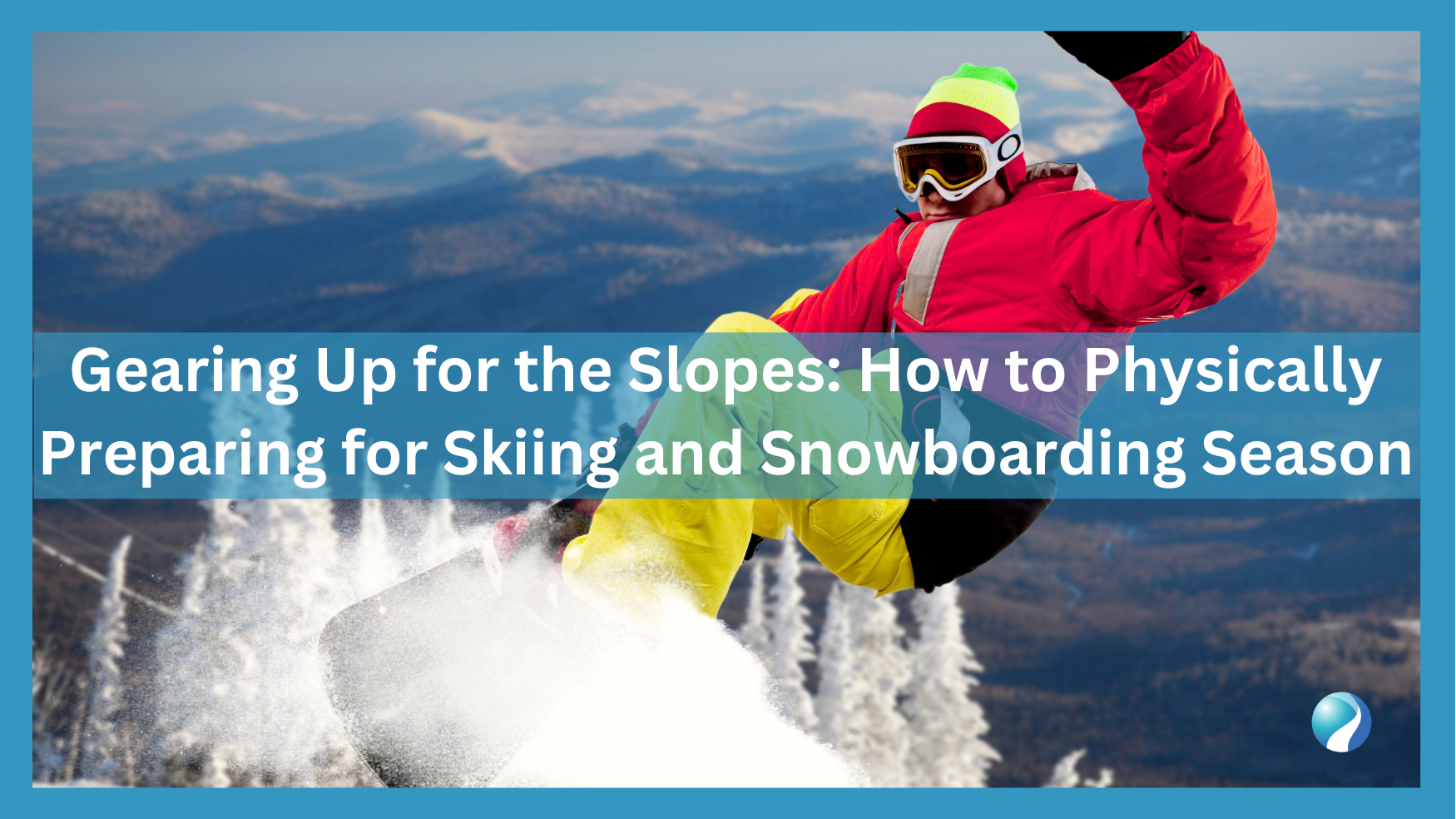Pre-Season Training Plan:
1. Leg Strengthening: Incorporate squats for quad and glute building, lunges to bolster hamstring and calf stability, and box jumps for the explosive power needed on rough terrains.
2.Core Workouts: Engage in planks for core endurance, Russian twists for rotational strength aiding in turns, and yoga to enhance core stability and flexibility.
3.Flexibility Training: Include dynamic stretching in your warm-ups, like leg swings and lunges with twists, and focus on static stretches post-workout targeting hamstrings, quads, and back.
4.Cardiovascular Conditioning: Running or cycling can build stamina and leg strength. Swimming provides a full-body workout for endurance without joint strain, and HIIT boosts both endurance and strength.
Injury Prevention: For balance and stability, try Bosu Ball workouts and single-leg exercises, which also strengthen stabilizer muscles. Don’t forget protective gear like helmets, wrist guards, and knee pads, crucial for preventing serious injuries.
Diet and Hydration: A balanced diet rich in proteins, healthy fats, and carbohydrates is vital. Stay hydrated to maintain endurance and focus on protein-rich recovery foods post-workout.
Pre-Slope Preparation: Check your gear, engage in dynamic warm-ups to prime your muscles, and consider professional lessons to refine techniques and minimize risks.
Mindset and Mental Preparation: Visualize your movements on the slopes and practice relaxation techniques, like meditation or deep breathing, to quell any nervousness or fear.
In summary, a combination of physical training, proper diet, equipment checks, and mental preparation is key to readying for the ski and snowboarding season. Start your regimen early for enhanced performance and reduced injury risk. Whether you’re an experienced athlete or a novice, these tips will help you enjoy a safer, more thrilling winter sports season. Remember, consistency is your ally, so begin training soon and stick with it for optimal results. Happy skiing and snowboarding! 🎿🏂
